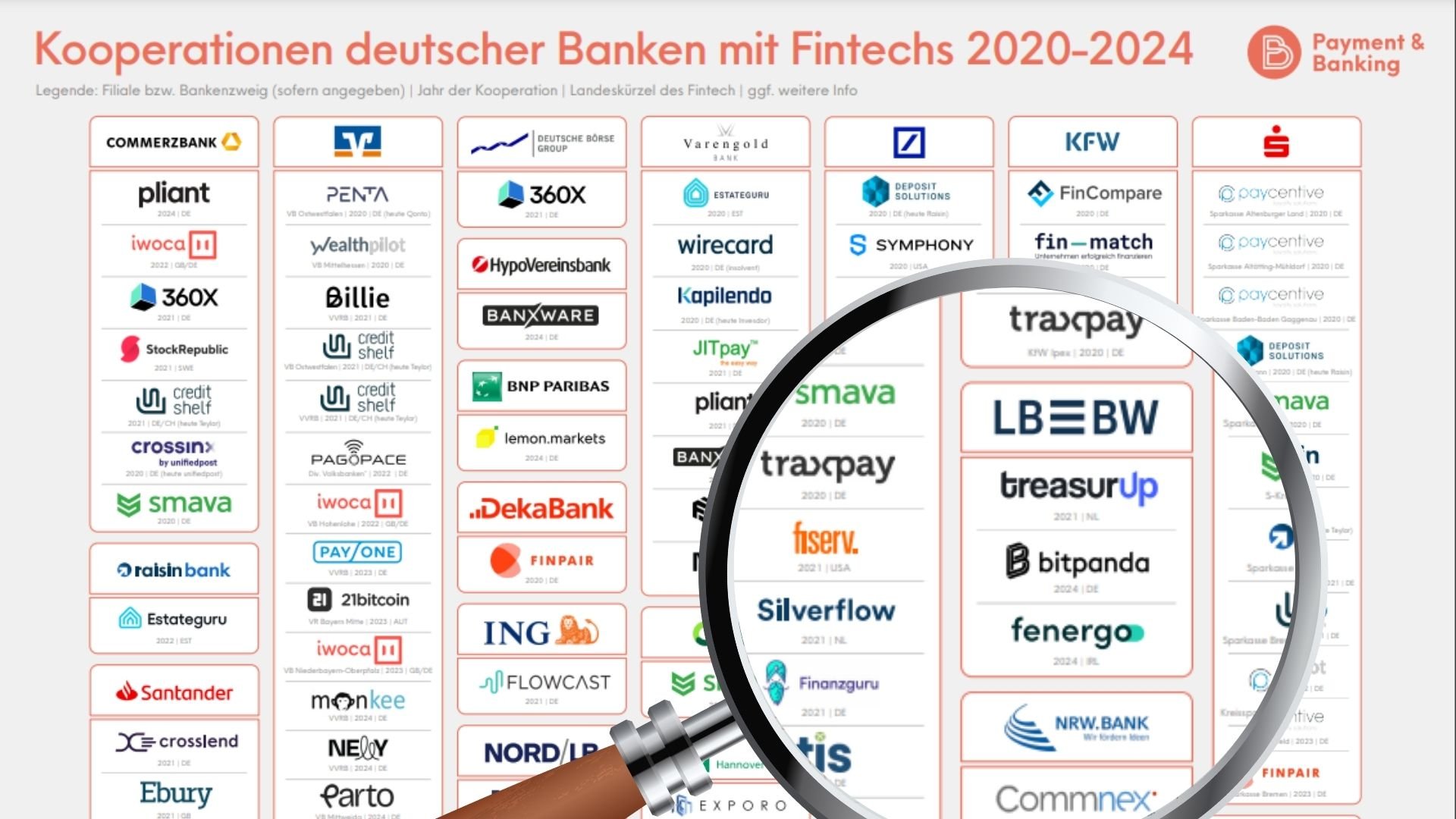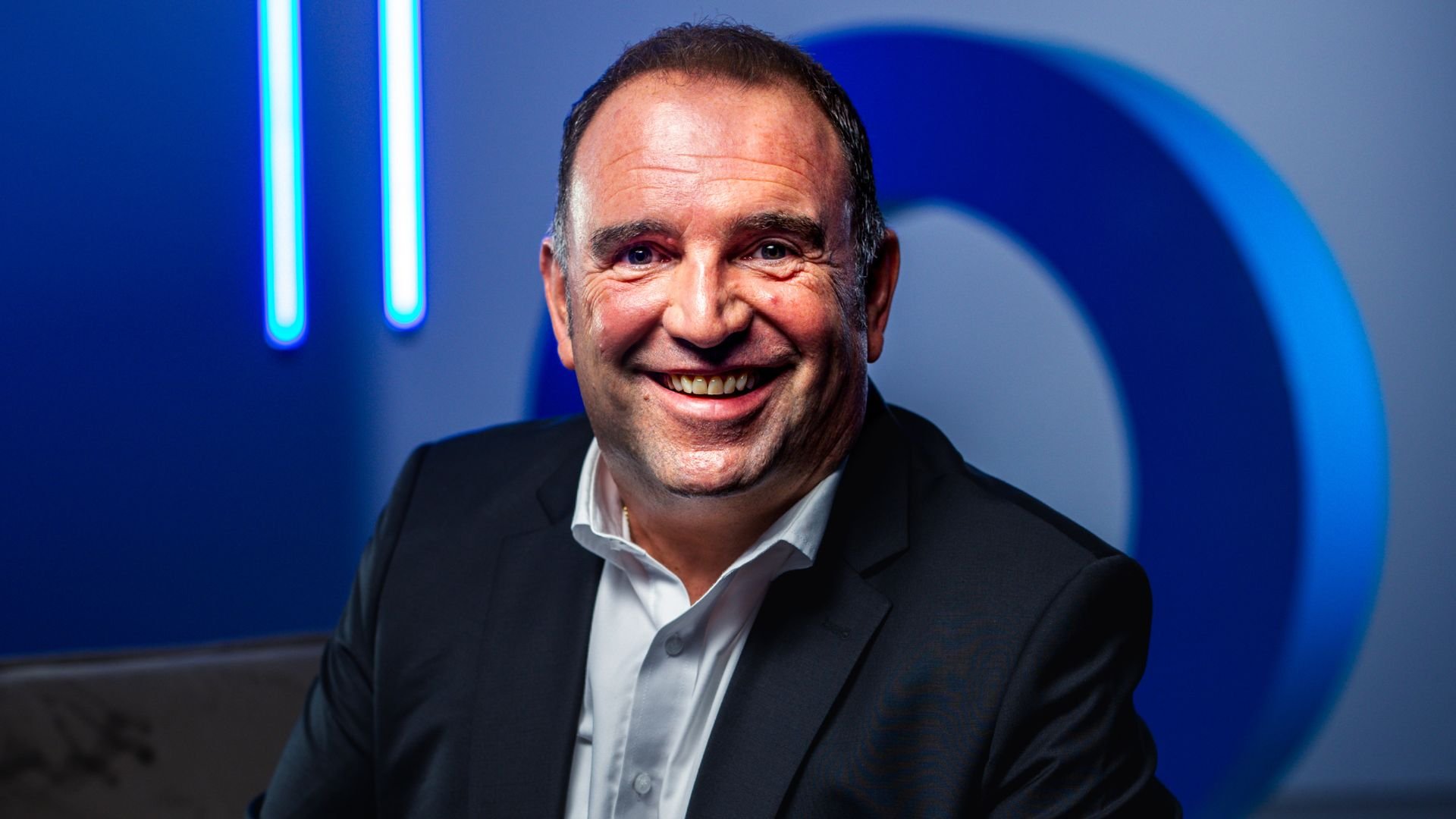Ein Gastbeitrag von Dr. Peter Robejsek, Vice-President bei Mastercard.
Begünstigt durch neue Technologien und getrieben durch die Zahlungsdiensterichtlinie PSD2, steigt die Anzahl der Open Banking-Anwendungsfälle in Deutschland kontinuierlich an. Denn Open Banking bietet enorme Chancen, Innovationen nicht nur über klassische Produkte und Services zu ermöglichen, sondern das eigene Geschäftsmodell mit neuen Partnern und Ökosystemen substanziell zu erweitern.
Mittlerweile haben alle Banken und Sparkassen Lösungen etabliert, die den Zugriff von Dritten auf Kontoinformationen mit Zustimmung der Kunden zulassen. Auch die Qualität der Schnittstellen wird weiter verbessert. Gleichzeitig führt die steigende Nachfrage nach Open Banking-Diensten zu einer erhöhten Belastung der exponierten APIs und auch der Bedarf an gut etablierten Prozessen für kontoführende Institute im Hinblick auf die Datensicherheit nimmt zu, da die Anzahl der Drittanbieter wächst, die darauf zugreifen. Doch steigende Performance-Anforderungen steigern auch die Notwendigkeit, monetarisierbare Open Banking-Dienste zu finden, um die Investition allmählich zurückzuführen.
Aber ist Deutschland schon bereit für die Open Banking Revolution? Dieser Frage ist Mastercard nachgegangen und hat die aktuelle Entwicklung in Deutschland analysiert sowie die Zahlungsbereitschaft der Verbraucher für Open-Banking-Services in Deutschland untersucht. Die Ergebnisse wurden in einem zweiteiligen Whitepaper zusammengefasst.

Smarte Lösungen gefragt
Banken und Sparkassen genießen großes Vertrauen bei ihren Kunden – ein wichtiger Faktor, um Daten zu teilen. Doch sie müssen ihr Innovationstempo erhöhen, um diesen Vorsprung konsequent zu nutzen und neue Ertragsquellen zu erschließen. Dabei sind Kooperationen das A und O, wenn es darum geht die Kundenschnittstelle im Open Banking zu verteidigen oder erfolgreich zu erobern. Finanzinstitute denen es gelingt, innovative Services zu entwickeln, können sich wichtige Vorteile im Kampf um Kunden sichern.
Denn die Kunden haben eine klare Vorstellung, was sie von ihrem Kreditinstitut erwarten. Auch wenn nur etwa 10 Prozent etwas mit dem Begriff „Open Banking“ anfangen können, so haben die Verbraucher doch eine klare Vorstellung, was sie wollen. Sie erwarten die User Experience, die sie vom Online-Handel kennen und schätzen gelernt haben, auch von ihrer Bank. Sie gehen ganz selbstverständlich davon aus, dass sich die Bank an ihrer digitalen Lebenswelt orientiert und neue Services mit spürbaren Mehrwerten entwickelt. Dieser Wandel hin zu digitalen Kanälen hat sich durch die Corona-Pandemie nochmals beschleunigt. Und: Werden die konkreten Mehrwerte einmal verstanden, demonstrieren auch die Kunden die Nachfrage danach. Die Verfügbarkeit von Open Banking-Diensten beeinflusst sogar die Bereitschaft, die Hauptbankverbindung zu wechseln.
Zwei Drittel der Verbraucher sind bereit für Open Banking-Dienste zu bezahlen
Aber ist der Kunde auch bereit für Open Banking-Dienste zu bezahlen? Die Analyse von Mastercard in Zusammenarbeit mit dem LINK Institut zeigt, dass Bankkunden sehr unterschiedliche Präferenzen haben.
Die gute Nachricht: Zwei Drittel der Befragten sind grundsätzlich bereit, für Open Banking-Services zu bezahlen. Die höchste Zahlungsbereitschaft zeigt sich für aktiv gewählte Features. Das heißt, wer Pioniergewinne realisieren und neue Kunden gewinnen möchte, sollte neue Features entwickeln und diese geschickt bündeln. Je passgenauer die interessierte Kundengruppe angesprochen werden kann, umso eher lassen sich neue digitale Angebote monetarisieren.
„Wer Pioniergewinne realisieren und neue Kunden gewinnen möchte, sollte neue Features entwickeln und diese geschickt bündeln.“
Damit dies gelingt, sollten sich Finanzinstitute vor allem auf die jüngeren und eher wohlhabenderen Verbraucher – wohl eine der attraktivsten Kundengruppen, die es gibt – konzentrieren. Gerade diese Kunden bringen derzeit die größte Zahlungsbereitschaft für Open Banking-Dienste mit.
Open Banking als Schlüssel zum Erfolg
Wer dieses Potenzial einer offenen Infrastruktur erkennt und sich mit einer individuellen Open Banking-Strategie in einem stark umkämpften Markt positioniert, profitiert von Wettbewerbsvorteilen und – wenn das Angebot relevant und zum richtigen Zeitpunkt aufgesetzt wird – von zusätzlichen Erlösquellen. Kontoführende Institute, die hier zu langsam oder gar nicht handeln, setzen sich dem Risiko aus, attraktive Kundensegmente zu verlieren bzw. nicht gewinnen zu können. Mit anderen Worten: Eine rein Compliance-getriebene Strategie führt nicht zum Erfolg.
Letztlich wird der Erfolg von Open Banking davon abhängen, dass die Nutzer – egal, ob Privat- oder Geschäftskunden – bereit sind, ihre Finanzdaten zu teilen. Dabei ist die Sicherheit entscheidend. Banken haben hier eine große Verantwortung und müssen sich vor nichtautorisierten Drittanbietern schützen.
Sicherheit gewährleisten

Um ASPSPs (Account Servicing Payment Service Providers) die Überprüfung des Drittanbieters zu vereinfachen und die Komplexität zu reduzieren, hat Mastercard Open Banking Protect entwickelt und investiert in den nächsten zwölf Monaten 1 Million Euro, um seinen Issuing-Kunden in Deutschland einen kostenlosen Testzugang zur Verfügung zu stellen.
Die Plattform ermöglicht es kontoführenden Instituten, mit einer einzigen Anbindung schnell und einfach die Berechtigung sowie den Status der behördlichen Lizenz von Drittanbietern zu prüfen, die auf Kundendaten zugreifen möchten. Dies ist aufgrund der Vielzahl an nicht vernetzten und teilweise nicht maschinell auslesbaren nationalen Registern keine triviale Aufgabe – insbesondere nicht in Echtzeit. Im Rahmen der Plattform konzipiert Mastercard zusätzliche Monitoring- und Warnsysteme, welche helfen werden, Abweichungen und betrügerische Anfragen schnell zu erkennen und zu unterbinden.
Jetzt Whitepaper herunterladen
Jetzt das kostenlose Whitepaper von Mastercard in deutsch oder englisch herunterladen und über neue Monetarisierungsmöglichkeiten im Bereich Open Banking informieren.




